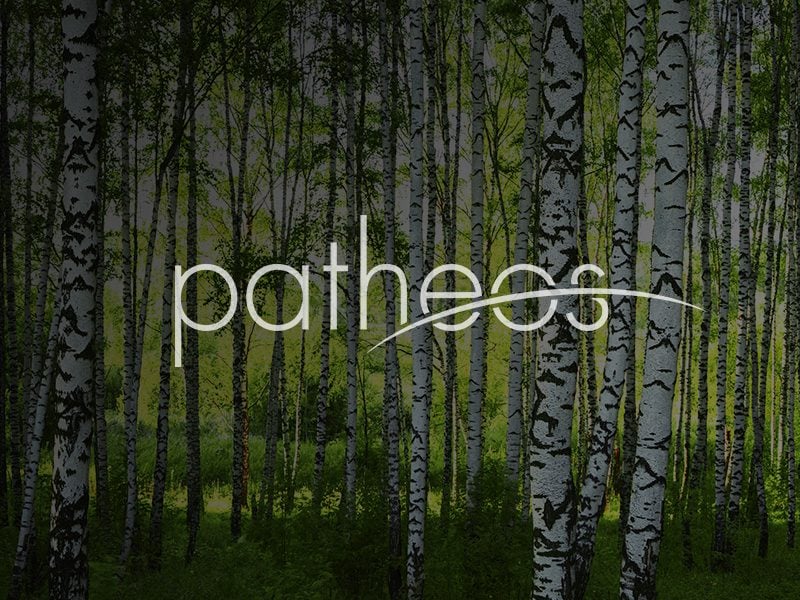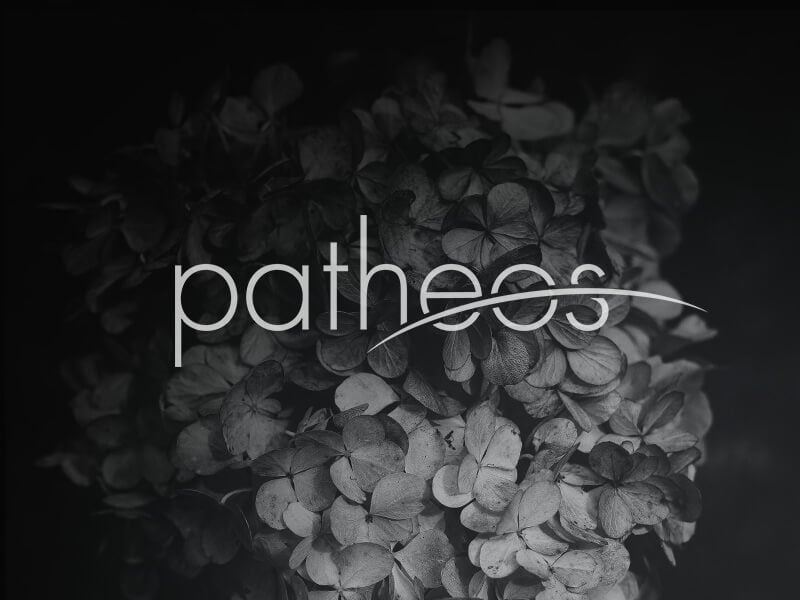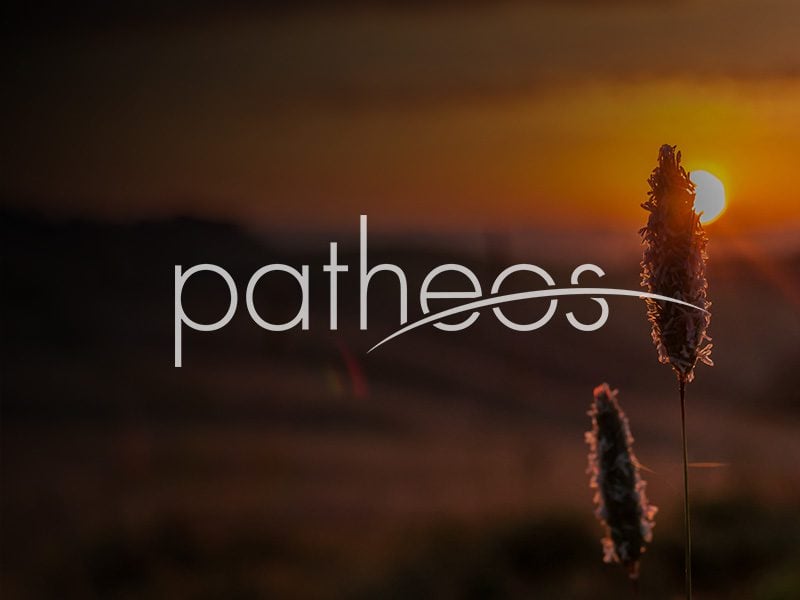WASHINGTON (AP) — State and local law enforcement officials convened at the White House on Wednesday for a daylong discussion about how police can maintain the trust of their communities while identifying and preventing violent extremism and homegrown terrorism.
The Obama administration considers such efforts critical to national security.
Violent extremism has erupted across the U.S. in the past few years, motivated by ideologies, whether a violent interpretation of Islam or white supremacist beliefs.
Ideologies in and of themselves are not illegal. But police now find themselves struggling to identify ideologues who plan to commit violence among the many others who hold similar beliefs but have no intention of hurting anyone.
There has been an uptick in attempted attacks by Americans and other legal U.S. residents in the past few years, prompting the administration to place a priority on finding ways to stop this type of violence. The administration rolled out a thin strategy last year that put local communities instead of Washington in charge of countering violent extremism.
Analysts from the FBI, Homeland Security Department and National Counterterrorism Center studied 62 cases of homegrown violent extremists and identified basic similarities that might help local law enforcers better understand and detect threats. The warning signs identified for police include someone joining a group advocating violence, receiving support from a network that plans attacks or seeking out charismatic leaders who encourage violence. An overview of the findings was shared with the AP.
In the 62 cases reviewed, the subjects increasingly spoke out against the government, blamed the government for perceived problems and did so in a way that caught the attention of other people in their communities, according to a senior counterterrorism official who spoke on condition of anonymity to discuss the private White House event. Subjects became active on the Internet to espouse extremist views. And in some cases, the subjects bought weapons, ammunition or explosive materials.
Analysts also found that a person’s origin, ethnic background and socioeconomic status are not good indicators for potential violent extremist activity, the senior counterterrorism official said.
The conference marked the first time the Obama administration hosted a meeting with so many of the nation’s top law enforcement executives on how to counter violent extremism.
“The important role of local law enforcement is a key part of the administration’s approach to countering violent extremism in the homeland,” said President Barack Obama’s counterterrorism adviser, John Brennan. “Law enforcement officials work with communities every day and understand how to build partnerships to address this tough challenge.”
The White House has encouraged law enforcers to reach out to Muslim communities to build relationships, insisting that these communities are partners in the fight against terrorism. At the same time, law enforcement has stepped up investigative efforts to stave off attacks.
In the decade since the Sept. 11, 2001 attacks, New York government officials have done just that: They have met with Muslim leaders, exchanged cellphone numbers, attended religious services, dinners and teas, and spoken at community meetings. As the only U.S. city that al-Qaida has successfully attacked twice and continues to be the target of terror plots, New York also has the most aggressive local police department investigating terrorism, and this duality of missions has caused tension in the city’s Muslim communities, where many people have lost trust in the police and wonder whether they are partners in the fight against terrorism or terror suspects.
“Where do you draw the line between what they say and what they do,” Cambridge, Massachusetts Police Commissioner Robert Haas said in an interview during a break. Police cannot be seen as violating the trust they have built in local communities to ferret out information that potentially could prevent an attack, he said.
Haas was among 46 senior federal, state and local law enforcement officials who participated in the event that was closed to the public.
While the White House conference did not broach the issues between the NYPD and New York’s Muslim community, the consistent message was that police cannot violate public trust, Haas said. Communities that have solid relationships with the police feel empowered to come forward with tips about suspicious activity, he said.
“We don’t want to be seen as taking a step back and violating that trust that we have with folks.”







